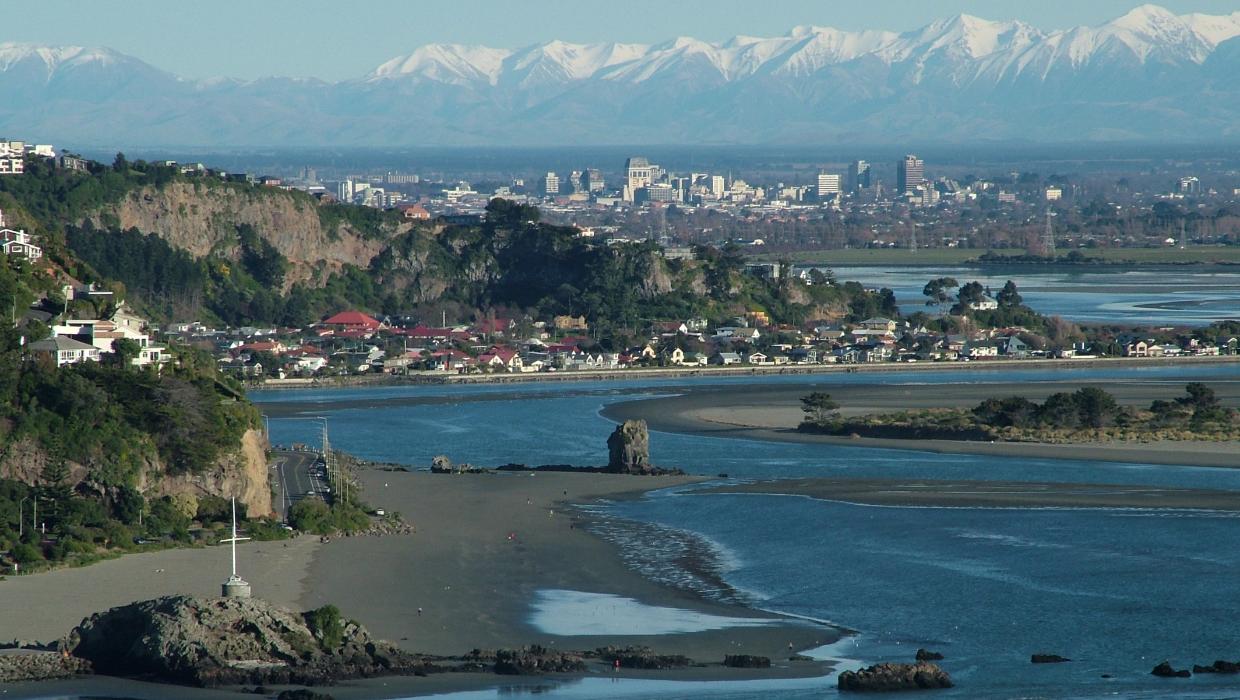Business
South Island Surges as North Island Faces Economic Decline

The economic landscape in New Zealand is becoming increasingly polarized, with the South Island exhibiting strong growth while many regions in the North Island struggle to maintain stability. Recent data indicates that the South Island’s economy has expanded significantly, contributing to a noticeable divide between the two islands.
According to the Ministry of Business, Innovation and Employment, the South Island’s economy grew by $2.5 billion in the past year, fueled by a resurgence in tourism and agricultural exports. In contrast, areas in the North Island are experiencing a downturn, particularly in sectors heavily reliant on manufacturing and services, which have not yet recovered from the impacts of recent economic challenges.
Factors Behind the Economic Divide
Several factors contribute to this growing economic divide. The South Island has benefited from a robust tourism sector, which rebounded swiftly following the easing of pandemic restrictions. Popular destinations like Queenstown and Dunedin have seen increased visitor numbers, revitalizing local businesses and driving demand for services. In addition, agricultural exports, particularly in wine and dairy, have remained strong, further bolstering the South Island’s economic performance.
Conversely, the North Island is grappling with challenges that hinder its recovery. Many regions, including parts of Auckland and Wellington, have reported declines in employment rates, with job losses particularly pronounced in the hospitality and retail sectors. The economic activity in these areas has not returned to pre-pandemic levels, leaving communities struggling with increased unemployment and reduced consumer spending.
Looking Ahead: Policy Implications
The stark contrast between the two islands raises questions about the effectiveness of current economic policies. Some economists argue that targeted investment in the North Island is essential to stimulate growth and address the disparities. There is a growing call for government intervention to support affected regions, particularly those reliant on industries that have been slow to recover.
Local leaders emphasize the need for a comprehensive strategy that not only addresses immediate economic concerns but also focuses on long-term sustainability. Investment in infrastructure, workforce development, and support for emerging sectors could play a vital role in bridging the economic gap between the North and South Islands.
As New Zealand continues to navigate its economic recovery, the divergent paths of the two islands highlight the importance of tailored policies that respond to the unique needs of each region. The situation remains fluid, and ongoing analysis will be crucial in understanding how these dynamics evolve in the coming months.
-

 World3 weeks ago
World3 weeks agoPrivate Funeral Held for Dean Field and His Three Children
-

 Top Stories3 weeks ago
Top Stories3 weeks agoFuneral Planned for Field Siblings After Tragic House Fire
-

 Sports3 months ago
Sports3 months agoNetball New Zealand Stands Down Dame Noeline Taurua for Series
-

 Entertainment3 months ago
Entertainment3 months agoTributes Pour In for Lachlan Rofe, Reality Star, Dead at 47
-

 Entertainment2 months ago
Entertainment2 months agoNew ‘Maverick’ Chaser Joins Beat the Chasers Season Finale
-

 Sports3 months ago
Sports3 months agoSilver Ferns Legend Laura Langman Criticizes Team’s Attitude
-

 Sports1 month ago
Sports1 month agoEli Katoa Rushed to Hospital After Sideline Incident During Match
-

 Politics2 months ago
Politics2 months agoNetball NZ Calls for Respect Amid Dame Taurua’s Standoff
-

 World4 weeks ago
World4 weeks agoInvestigation Underway in Tragic Sanson House Fire Involving Family
-

 Entertainment1 week ago
Entertainment1 week agoJacinda Ardern Discusses Popularity Decline on Graham Norton Show
-

 Top Stories3 weeks ago
Top Stories3 weeks agoShock and Grief Follow Tragic Family Deaths in New Zealand
-

 Sports2 weeks ago
Sports2 weeks agoEli Katoa Shares Positive Recovery Update After Brain Surgery


















